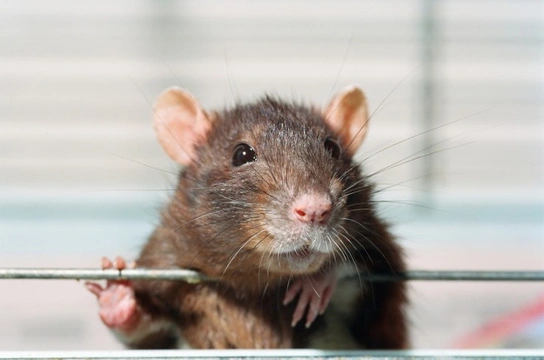
How to tell if your rat is too hot or too cold, and what to do about it
Fancy rats are a very popular pet in the UK with people of all ages, due to the fact that they are loving and entertaining, and require less space and work to keep than other popular pets such as cats and dogs.
However, to care for pet rats properly and keep them healthy, happy and safe, the owner of a pet rat should take special care not to overlook some of the specialist care needs of smaller pets such as these, for whom problems such as ill health or being in discomfort are often less apparent than they are in larger animals.
One important consideration when it comes to caring for pet rats is learning to judge the comfortable ambient temperature of their home and surroundings, and how to tell if your rat is either too hot or too cold. Added to this, it is important to know how you can make changes to your rat’s home environment to keep their temperatures at a comfortable level, and what you can do to help warm them up or cool them down if needed.
In this article, we will look at how the rat owner can tell if their pets are too hot or too cold, and how to tackle such problems. Read on to learn more.
A comfortable temperature
Rats do not deal well with extremes of heat and cold, and so you should do what you can to try to keep their enclosure at a steady temperature throughout the year. The ideal ambient temperature for rats is between 10-25 degrees Celsius, which provides quite a wide range for safe variance which, in homes that use heating in the winter, should be fairly easy to achieve year-round.
However, in the summer if the weather is very hot or if the winter is particularly cold and heating is a problem, rats can easily become too hot or too cold, which can have a direct negative impact upon both their comfort and their health.
Too hot
Anything over around 25 degrees Celsius will be uncomfortably hot for your rat, and can lead to potential problems including heat stroke and dehydration. If the temperature is approaching this level, keep a close eye on your rats for signs of overheating and potentially, heatstroke, which should be quite easy to identify.
The symptoms of overheating or heatstroke in rats generally include lethargy and reluctance to move around much, loss of interest in foot, and drinking more than normal. If your rat’s ears and tail are hot to the touch or they are panting for air, they are already too hot.
Drool or sticky discharge from the mouth, lying flat out and barely moving, and an open mouth all indicate potential heatstroke.
In order to avoid potential problems and keep your rat from becoming too hot in the first place, try to get a breeze moving through the room with open windows or a fan. Cover the windows facing the sun, to keep the room slightly cooler. You can also cover the cage with wet towels, and provide ice cubes in their drinking water. Make sure that you replenish your pet’s water regularly, as they will drink more when they are hot.
If your rats are already too hot or starting to get that way, there are a few things that you can do to help to cool them down. Offering frozen treats such as peas or blueberries and placing a shallow dish of iced water in the cage that your rats can paddle in are a good idea for starters. You can also gently sponge your rats down with a cool, damp sponge or washcloth.
Additionally, you can place freezer packs wrapped in towels in the cage to cool it off, and give your rats a place to sit next to, to cool themselves down with.
Too cold
Being too cold is less of a problem for rats than being too hot, and it is also easier to manage in terms of correcting anomalies and low temperatures too.
If your rats are too cold, they are apt to curl up as small as possible in the warmest spot in the cage, which will usually mean hiding out in their bedroom in a nest of bedding, sharing their bodily heat. More rats means more warmth, and rats share their heat with each other to keep the entire colony comfortable. If your rats are cold, they will be reluctant to come out of their bedroom or move around much, as well as being uncomfortable, and so it is important to ensure that their enclosure can be kept warm enough in the winter.
Don’t place your rat’s cage right next to a radiator, but do ensure that the ambient temperature of their room is warm enough, and free of draughts. Provide plenty of warm, insulating bedding options and a bedroom that they can furnish with it, and allow them to arrange things in the way that they like best!
You may also want to invest in a heat pad to use under one area of the cage too-it is important not to place it in the cage itself, as it may get chewed, and to make sure that there is a cooler area of the cage off the heat pad, so that your rats can move away from the source of heat if they want to.



